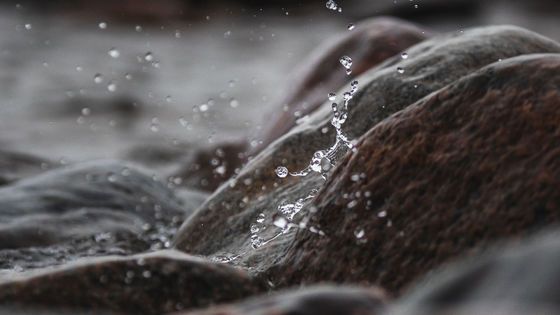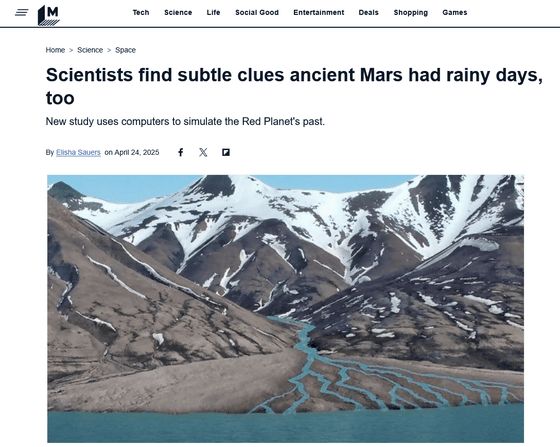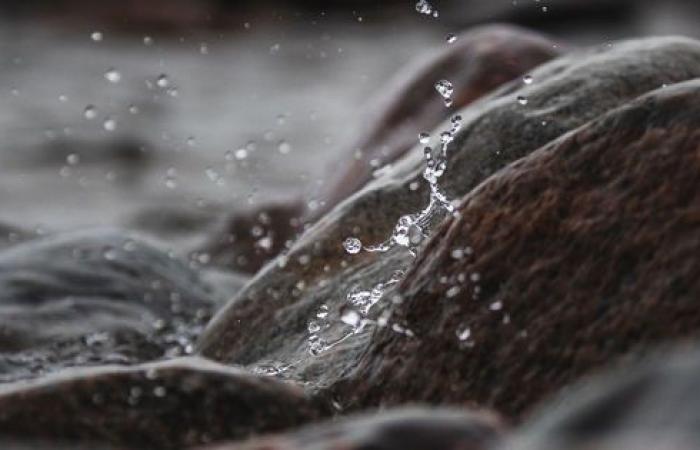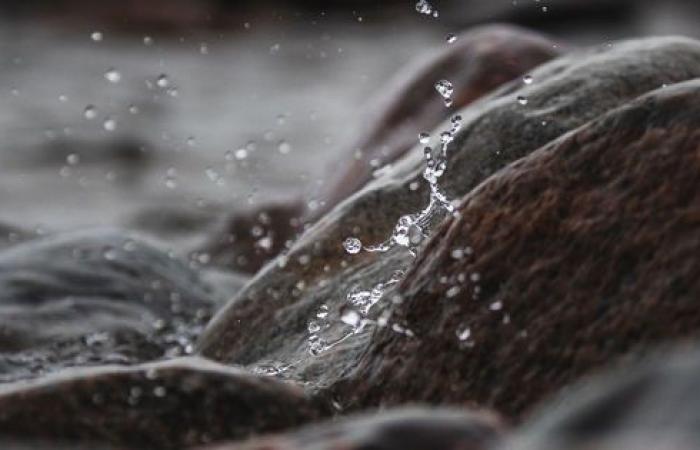
On Mars, a dry surface extends as far as the eye can see, but characteristics that are thought to be “ancient ribs” indicate that in the past, this planet was rich in water. Geologists from the University of Colorado in Boulder, thanks to computer simulations, discovered that Mars would have known regular rains and snow at the ancient era, forming a large network of rivers and lakes.
Models of evolution of the incision landscape on Mars: implications for the old climate – Steckel – 2025 – Journal of Geophysical Research: Planets – Wiley Online Library
https://agupubs.onlinelibrary.wiley.com/doi/abs/10.1029/2024JE008637

Amanda V. Steckel, researcher in the Department of Geological Sciences from the University of Colorado in Boulder, published an article in the Journal of Geophysical Research: Planets. She presents digital simulations of different climatic scenarios on Mars, in particular by predicting how the topography would have evolved over the years under the effect of precipitation.
The results of this study show that during significant rainy periods, valleys and streams were formed in various regions of the planet. On the other hand, when the sources of water were not due to rains but to the melting of polar ice, the valleys were mainly limited to zones close to the ice blocks.
-By comparing simulation data with real images of March taken by NASA probes in orbit, the researchers found that the topography observed closely corresponded to that generated by simulations involving precipitation.

Steckel explained that “the valleys observed on Mars extend over a wide range of altitudes, which makes it difficult to explain the idea that Mars has always remained cold and mainly covered with ice”. Considering the possibility of precipitation on large areas, this hypothesis becomes more plausible.
However, the researchers have not yet determined how Mars could maintain temperatures high enough to allow rains and snow. In particular, it is believed that the primitive sun was about 25 % less bright than today, which raises questions about water sources on a planet which was even colder. Brian Hynek, co-author of research, stressed that “the initial condition of Mars remains surrounded by mysteries, but without rain, the current surface of March could not exist”.
Points to remember
- Simulations reveal that Mars would have experienced a humid climate, conducive to rivers and lakes.
- The Martian valleys could be the result of past precipitation, not only the melting of polar ice.
- The correspondence between simulation data and real images underline the importance of geological studies to understand the history of Mars.
By opening the discussion on the possibility of a formerly habitable March, we are led to reflect on the evolution of the planets in our solar system and on the still unresolved mysteries concerning our neighbor. If water has really shaped the Martian country, what could it say about our own earthly history?











